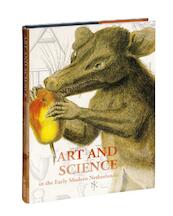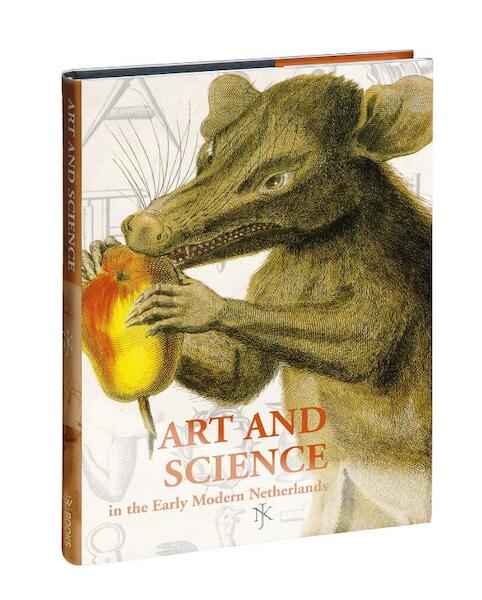| Prijs | € 105,00 |
Uitverkocht
Hardback | November 2011 |
Beoordeel dit boek als eerste!Beschrijving
Specificaties
- Uitgever
- Uitgeverij WBOOKS
- ISBN
- 9789040078088
- Bindwijze
- Hardback
- Publicatiedatum
- November 2011
- Categorie
- Wetenschappelijk
- Taal
- Meerdere talen
- Aantal Pagina's
- 306
Beschrijving
‘Kunst’ en ‘wetenschap’ worden veelal beschouwd als geheel verschillende uitingen van de menselijke cultuur. Deze aflevering van het Nederlands Kunsthistorisch Jaarboek is gewijd aan de uitzonderlijk rijke en complexe verhouding tussen beiden in de vroegmoderne Nederlanden, die veel verder ging dan het gebruik van lijnperspectief in de schilderkunst. Zowel in theorie als in de alledaagse praktijk was de grens tussen ‘kunst’ en ‘wetenschap’ nauwelijks te trekken, en deed deze er feitelijk ook weinig toe. Kunstenaars oefenden zich in de weergave van de menselijke anatomie, natuuronderzoekers dachten diepgaand na over de representatie van voorheen onbekende levensvormen, en vermogende burgers legden rariteitenverzamelingen aan, waarin naturalia en artificalia ogenschijnlijk kriskras door elkaar werden tentoongesteld.
Thema’s in Art and science in the early modern Netherlands zijn onder meer de rol van pictografie; uiteenlopende theorieën over licht en kleur; de invloed van nieuwe natuurfilosofische ideeën op de kunsttheorie, en de frontispices van wetenschappelijke boeken.
‘Art’ and ‘science’ are commonly considered to be two distinct expressions of human culture. This volume of the Nederlands Kunsthistorisch Jaarboek is devoted to the extremely rich and complex relationship between these two in the early modern Netherlands, a relationship which went much further than the use of a linear perspective in painting. Both in theory and in everyday practice, the distinction between ‘art’ and ‘science’ was hard to sustain, and often proved to be not that relevant at all. Artists perfected the portrayal of human anatomy, natural historians reflected on the visual representation of previously unknown forms of life, and wealthy citizens possessed cabinets of curiosities in which naturalia and articificalia shared prominence. Case studies in Art and science in the early modern Netherlands explore the influence of pictography; theories of vision and colour; the influence of Cartesian natural philosophy on art theory, and the the allegorisation of science on Dutch frontispieces.
Schrijf een recensie
Specificaties
- Uitgever
- Uitgeverij WBOOKS
- ISBN
- 9789040078088
- Bindwijze
- Hardback
- Publicatiedatum
- November 2011
- Categorie
- Wetenschappelijk
- Taal
- Meerdere talen
- Aantal Pagina's
- 306











